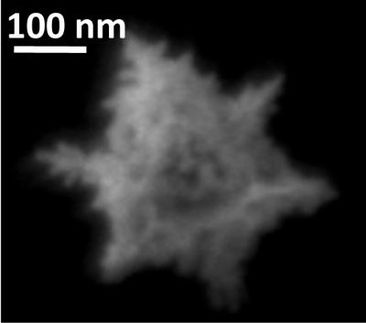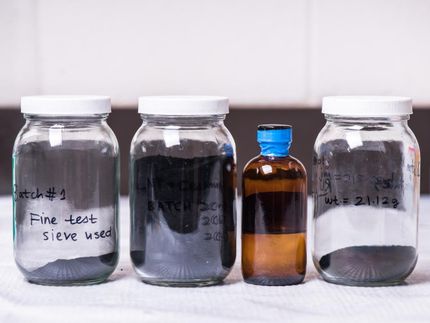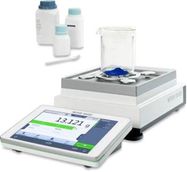CNT membranes used to make carbon-zero fuels for less than fossil fuels
Advertisement
Mattershift, an NYC-based startup with alumni from MIT and Yale has achieved a breakthrough in making carbon nanotube (CNT) membranes at large scale. The startup is developing the technology's ability to combine and separate individual molecules to make gasoline, diesel, and jet fuel from CO2 removed from the air.
Tests confirming that Mattershift's large-scale CNT membranes match the characteristics and performance of small prototype CNT membranes previously reported on in the scientific literature. The paper was the result of a collaboration between Mattershift and researchers in the labs of Dr. Benny Freeman at The University of Texas at Austin and Dr. Jeffrey McCutcheon at the University of Connecticut.
For 20 years, researchers have shown that CNT membranes offer tremendous promise for a wide variety of uses including the low-cost production of ethanol fuel, precision drug delivery, low-energy desalination of seawater, purification of pharmaceutical compounds, and high-performance catalysis for the production of fuels. The difficulty and high cost of making CNT membranes has confined them to university laboratories and has been frequently cited as the limiting factor in their widespread use. Mattershift's ability to mass-produce CNT membranes unleashes the potential of this technology.
"Achieving large scale production of carbon nanotube membranes is a breakthrough in the membrane field," said Dr. Freeman, Professor of Chemical Engineering at UT Austin. "It's a huge challenge to take novel materials like these and produce them at a commercial level, so we're really excited to see what Mattershift has done here. There's such a large, unexplored potential for carbon nanotubes in molecular separations, and this technology is just scratching the surface of what's possible."
The company has already booked its first sales and will ship products later this year for use in a seawater desalination process that uses the least amount of energy ever demonstrated at pilot scale.
"We're excited to work with Mattershift because its membranes are uniquely tailored to allow salts to pass through our system while retaining our draw solute," said John Webley, CEO of Trevi Systems in Petaluma, California. "We already demonstrated the world's lowest energy desal process in our pilot plant in the UAE last year, and Mattershift's membranes are going to allow us to push the energy consumption even lower."
Three significant advances made this breakthrough possible. First, there has been a 100-fold reduction in the cost of carbon nanotubes in the last 10 years, with a corresponding increase in their quality. Second, is the growing understanding of how matter behaves in nano-confined environments like the interior of sub-nm CNTs, in which molecules move single file at high rates and act differently than they do in bulk fluids. And third, has been the increase in funding for tough tech startups, which enabled Mattershift to spend 5 years of intense R&D developing its technology.
"This technology gives us a level of control over the material world that we've never had before," said Mattershift Founder and CEO, Dr. Rob McGinnis. "We can choose which molecules can pass through our membranes and what happens to them when they do. For example, right now we're working to remove CO2 from the air and turn it into fuels. This has already been done using conventional technology, but it's been too expensive to be practical. Using our tech, I think we'll be able to produce carbon-zero gasoline, diesel, and jet fuels that are cheaper than fossil fuels."
Other news from the department science
These products might interest you
Most read news
More news from our other portals
Something is happening in the chemical industry ...
This is what true pioneering spirit looks like: Plenty of innovative start-ups are bringing fresh ideas, lifeblood and entrepreneurial spirit to change tomorrow's world for the better. Immerse yourself in the world of these young companies and take the opportunity to get in touch with the founders.


































































